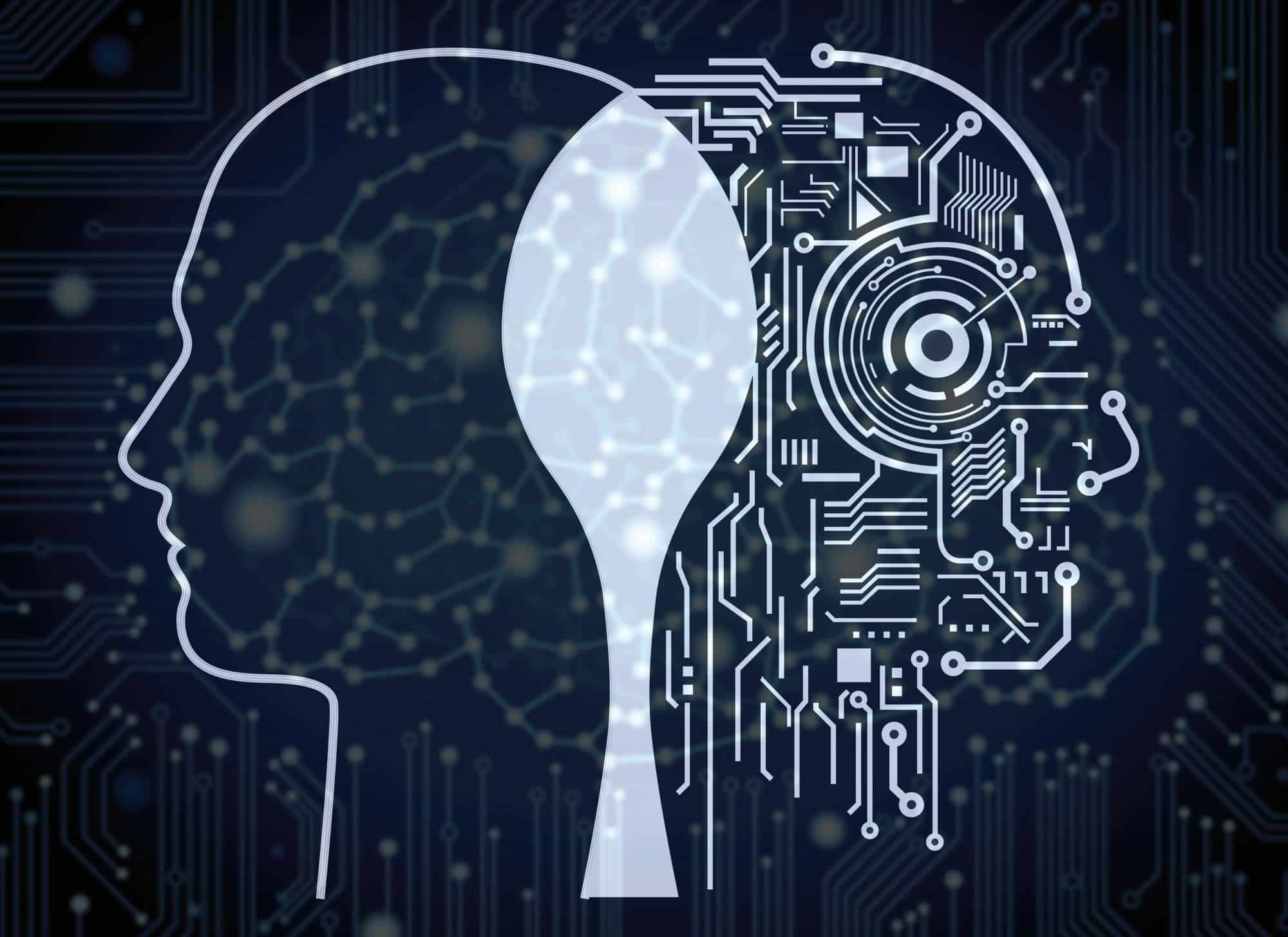
How AI is shaping the cybersecurity arms race
In the era of digital transformation, businesses and organizations are increasingly reliant on technology to conduct their operations. As such, cybersecurity has become a pressing concern for companies of all sizes, as the risk of cyber threats and data breaches continues to grow. Fortunately, the rise of artificial intelligence (AI) is changing the way organizations approach cybersecurity, enabling them to stay ahead of the evolving threat landscape.
AI is a game-changer in the cybersecurity industry, as it can help organizations detect and respond to cyber threats in real-time. Machine learning algorithms can analyze vast amounts of data and identify patterns that are indicative of malicious activity. This can help security teams detect and respond to potential cyber attacks more quickly and accurately.
One example of AI's potential in cybersecurity is threat intelligence. By leveraging AI and machine learning, organizations can monitor and analyze large volumes of data from various sources to identify potential threats. This can include analyzing social media, deep web, and dark web data to gain insights into potential cyber attacks before they occur.
AI can also help organizations automate their cybersecurity processes. This includes automating routine security tasks such as network monitoring, incident response, and vulnerability assessments. By automating these processes, organizations can save time and resources, while also improving their overall cybersecurity posture.
However, while AI has the potential to revolutionize cybersecurity, it also presents new challenges. For example, cybercriminals can also use AI to develop more sophisticated attacks that are harder to detect. This has created an arms race between cybersecurity professionals and cybercriminals, where both sides are constantly innovating to stay ahead of the other.
In conclusion, AI is changing the way organizations approach cybersecurity, enabling them to stay ahead of the evolving threat landscape. By leveraging AI-powered threat intelligence and automation, organizations can detect and respond to cyber threats in real-time, and stay one step ahead of cybercriminals. As the digital landscape continues to evolve, it is crucial for organizations to invest in AI-powered cybersecurity solutions to protect their assets.
Reference
-
Hardesty, L. (2021). How AI is shaping the future of cybersecurity. MIT Technology Review.
-
PwC. (2022). AI and cybersecurity: Protecting the digital economy.
-
CISA. (2021). Artificial Intelligence and Machine Learning for Cybersecurity.